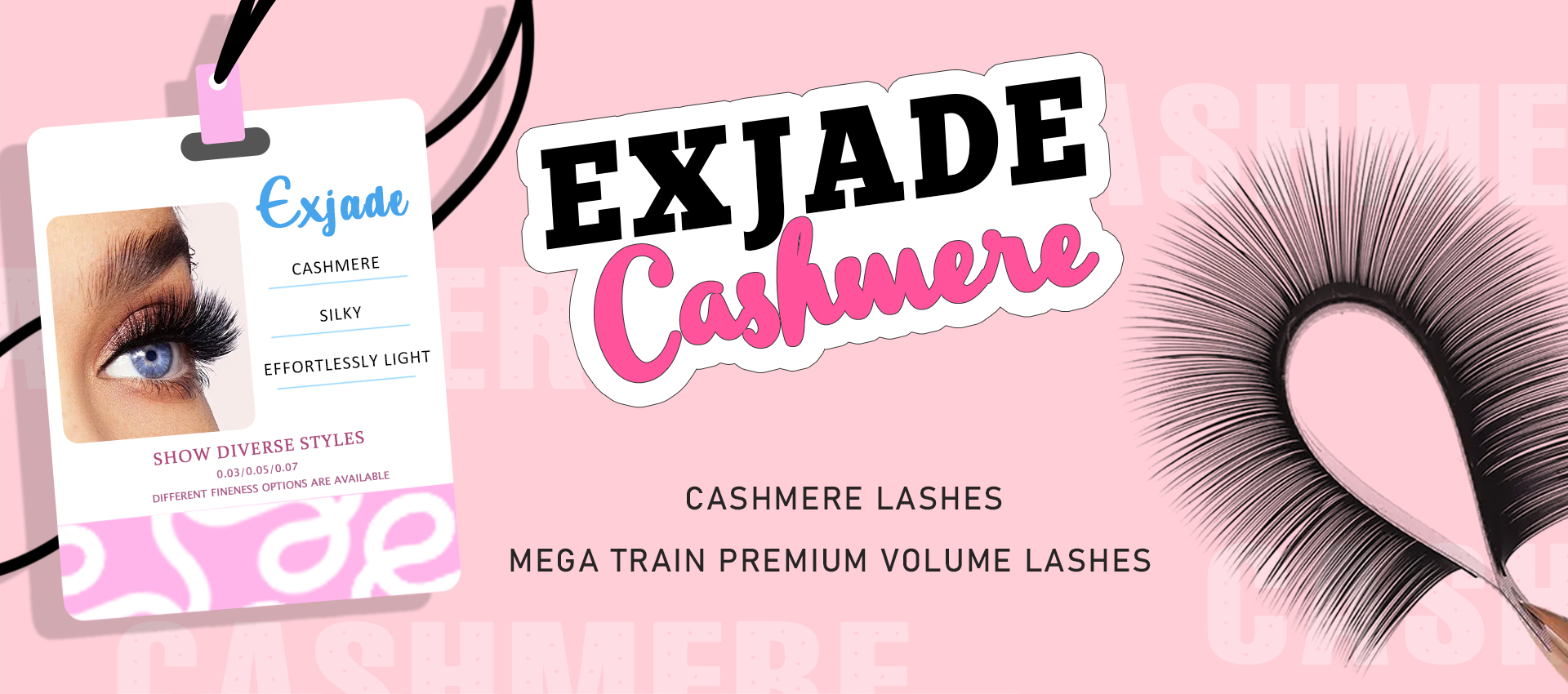Your cart is currently empty!
A Beginner’s Guide to Eyelash Extension Products and Techniques
>
Eyelash extension is a precise beauty technique with diverse products and methods. Here’s an introduction to the essentials from a professional perspective:
1. Materials
The primary materials for eyelash extensions include:

- Synthetic Fiber (PBT): The most commonly used material, known for being lightweight, soft, elastic, and realistic.
- Natural Hair: Mink or other animal hair provides high softness but may cause allergic reactions in some individuals.
- Silk Material: Offers a smooth touch with a strong gloss, ideal for achieving a fuller look.
2. Categories
- Length: Ranges from 6mm to 20mm, chosen based on the client’s eye shape and preferences.
- Thickness: From 0.03mm and 0.05mm (natural and light) to 0.15mm (for a dense effect).
- Curl Types: Includes J, B, C, D, and L; J is the most natural, while D has the most dramatic curl.
- Colors: Traditional black is the standard, but brown, blue, and other colors are also available.
- Volume Lashes: Pre-made or handmade multi-strand lash fans, suitable for a fuller effect.
3. Application Methods
- Classic Lash: One false eyelash is attached to one natural eyelash, ideal for a natural look.
- Volume Lash: Multiple false eyelashes are attached to one natural eyelash, creating a denser appearance.
- Hybrid Lash: Combines the benefits of classic and volume lashes for a versatile effect.
- Lash Styling: Designs are tailored to the client’s eye shape, such as cat-eye or doll-eye styles.
4. Application Steps
- Preparation: Cleanse the eye area to remove any oil or makeup residue.
- Protection: Use eye pads to shield the lower lashes and eyelids.
- Selection: Choose the appropriate length, thickness, and curl based on the client’s preferences.
- Application: Using professional tweezers and adhesive, attach the false eyelashes precisely to the natural ones.
- Check: Ensure the lashes are aligned properly without clumping.
5. Professional Tips
- Adhesive Selection: Fast-drying adhesive suits experienced technicians, while slower-drying types are better for beginners. Opt for low-irritation products.
- Hygiene Management: Sterilize tools to avoid infections.
- Learning and Practice: Beginners are encouraged to attend professional training to improve skills and aesthetic judgment.
| M | T | W | T | F | S | S |
|---|---|---|---|---|---|---|
| 1 | 2 | 3 | 4 | 5 | 6 | |
| 7 | 8 | 9 | 10 | 11 | 12 | 13 |
| 14 | 15 | 16 | 17 | 18 | 19 | 20 |
| 21 | 22 | 23 | 24 | 25 | 26 | 27 |
| 28 | 29 | 30 | 31 | |||
Latsed Post
- Eyelash Extension Guide #fyp #lashes #lashextensions #lashsupplier #ejlashesnet #lashestutorial
- Eyelash Lift vs. Extensions: Which Is Right for You? EJLASHES
- DIY Eyelash Care: Natural Methods for Healthy Lashes
- Achieve Stunning Lashes: Top Tips and Tricks
- Must-Watch! Revealing the Hottest Eyelash Secrets | The Secret to Naturally Long Lashes





Leave a Reply
You must be logged in to post a comment.